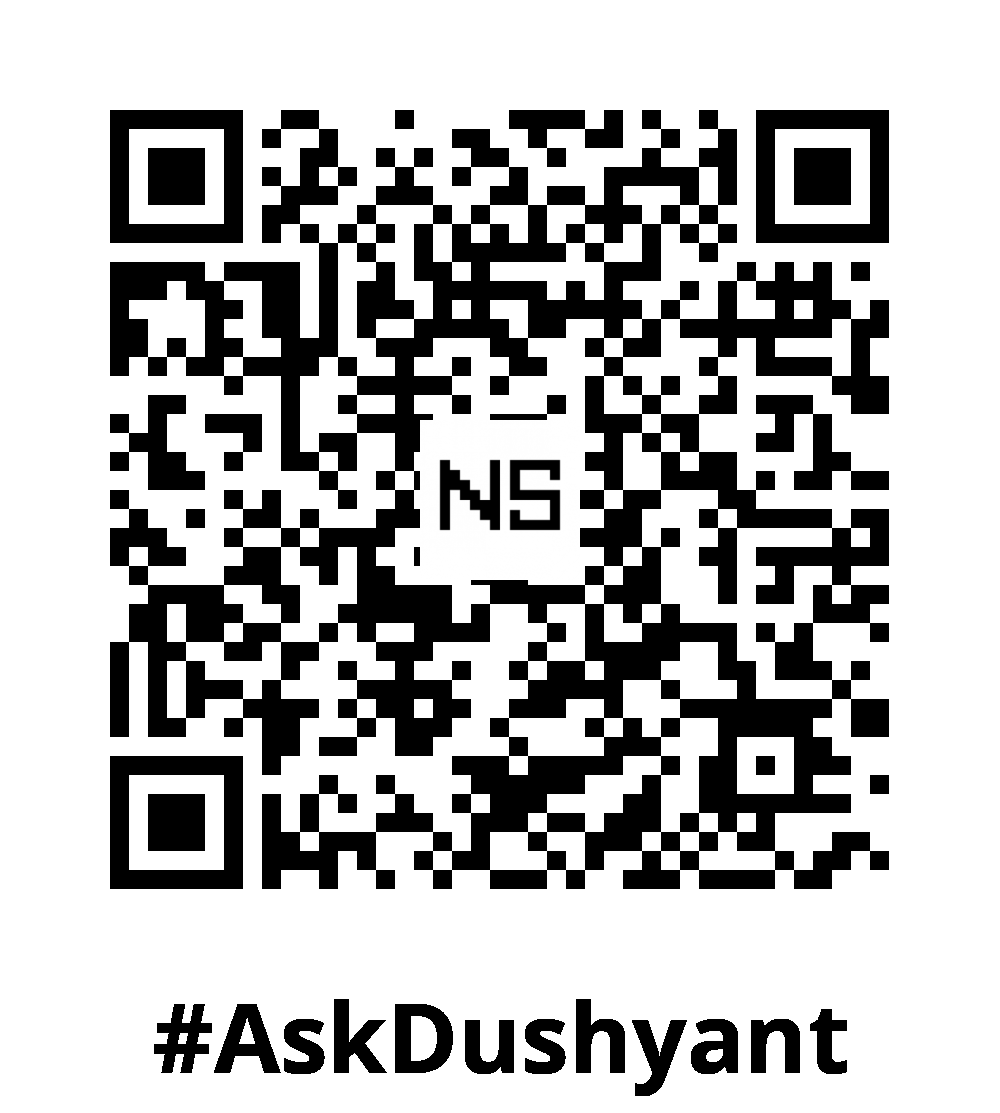If you’ve ever ventured into building an end-to-end enterprise applications from scratch, SSH to your production server is an essential and unavoidable milestone in your tech journey. In the world of Tech development, computer networking and system administration, secure remote access is of utmost importance. One of the most widely used protocols and swiss army knife of tech for this purpose is SSH (Secure Shell). SSH provides a secure and encrypted way to connect to remote devices, ensuring data confidentiality and integrity. Let’s get to know the fundamentals of SSH, its benefits, and how it enhances security while simplifying remote access.
What is SSH?
SSH, or Secure Shell, is a cryptographic network protocol used to securely connect to remote devices over an unsecured network, such as the internet. It provides a secure and encrypted communication channel for data transmission between a client and a server, ensuring the confidentiality and integrity of the exchanged information.
Use Case: Remote Server Management
One of the most common and essential use cases for SSH is remote server management. System administrators often need to access and manage servers located in different physical locations. SSH enables them to do so securely, without compromising sensitive data or risking unauthorized access.
Example Scenario:
Let’s consider a scenario where a system administrator needs to manage a remote Linux server from their local computer using SSH.
Step 1: Accessing the Remote Server
- The system administrator opens a terminal or command prompt on their local computer (the client).
- They use the SSH command to connect to the remote server:
ssh user@remote_server_ipNote: Replace "user" with the username on the remote server and "remote_server_ip" with the server's public IP address or domain name, default port for ssh is 22.
- If the connection is successful, the system administrator will be prompted to enter the password for the user on the remote server.
Step 2: Managing the Remote Server
Once the SSH connection is established, the system administrator gains access to the remote server’s command-line interface. They can now perform various administrative tasks, such as installing software, configuring services, checking system logs, managing files, and more.
Important Security Note:
When using SSH for remote server management, it is crucial to ensure proper security measures are in place. This includes using strong authentication methods, like public key authentication, to prevent unauthorized access. It is also essential to keep the SSH server software up to date and implement firewall rules to restrict SSH access to trusted IP addresses only.
Key Advantages of SSH
- Encryption: SSH employs strong cryptographic algorithms to encrypt data during transmission, ensuring that sensitive information remains protected from unauthorized access.
- Authentication: It offers various authentication methods, such as passwords, public keys, and certificates, providing multiple layers of security to verify users’ identities.
- Port Forwarding: SSH enables port forwarding, allowing users to securely tunnel network connections through the encrypted SSH session. This feature is valuable for accessing resources on remote networks securely.
- Secure File Transfer: SSH supports Secure File Transfer Protocol (SFTP) and SCP (Secure Copy Protocol), enabling safe and efficient file transfers between client and server.
- Compatibility: SSH is widely supported across various operating systems, making it a versatile choice for remote access regardless of the platform.
Enhancing Security with SSH
- Public Key Authentication: Utilizing public key authentication is a recommended best practice with SSH. It enhances security by eliminating the need for password-based authentication, reducing the risk of password-related vulnerabilities.
- Disabling Root Login: Restricting direct root logins via SSH mitigates the risk of unauthorized access to critical system files and configurations.
- Firewall Configurations: Implementing proper firewall settings ensures that SSH access is limited to trusted networks and IP addresses, preventing potential brute-force attacks.
- Regular Updates: Keeping the SSH server and client software up to date with the latest security patches is essential to safeguard against known vulnerabilities.
My Tech Advice: SSH is a versatile and powerful tool that enables secure remote server management. Its ability to encrypt data during transmission and offer various authentication methods makes it a preferred choice for system administrators and network engineers. Whether managing servers in a data center, accessing cloud-based virtual machines, or connecting to IoT devices, SSH ensures that remote communication is safeguarded against potential security threats, providing a reliable and secure means of managing remote resources. SSH has become the de facto standard among almost all operating system, for secure remote access, providing a robust and encrypted communication channel for managing remote devices securely.
#AskDushyant


Leave a Reply